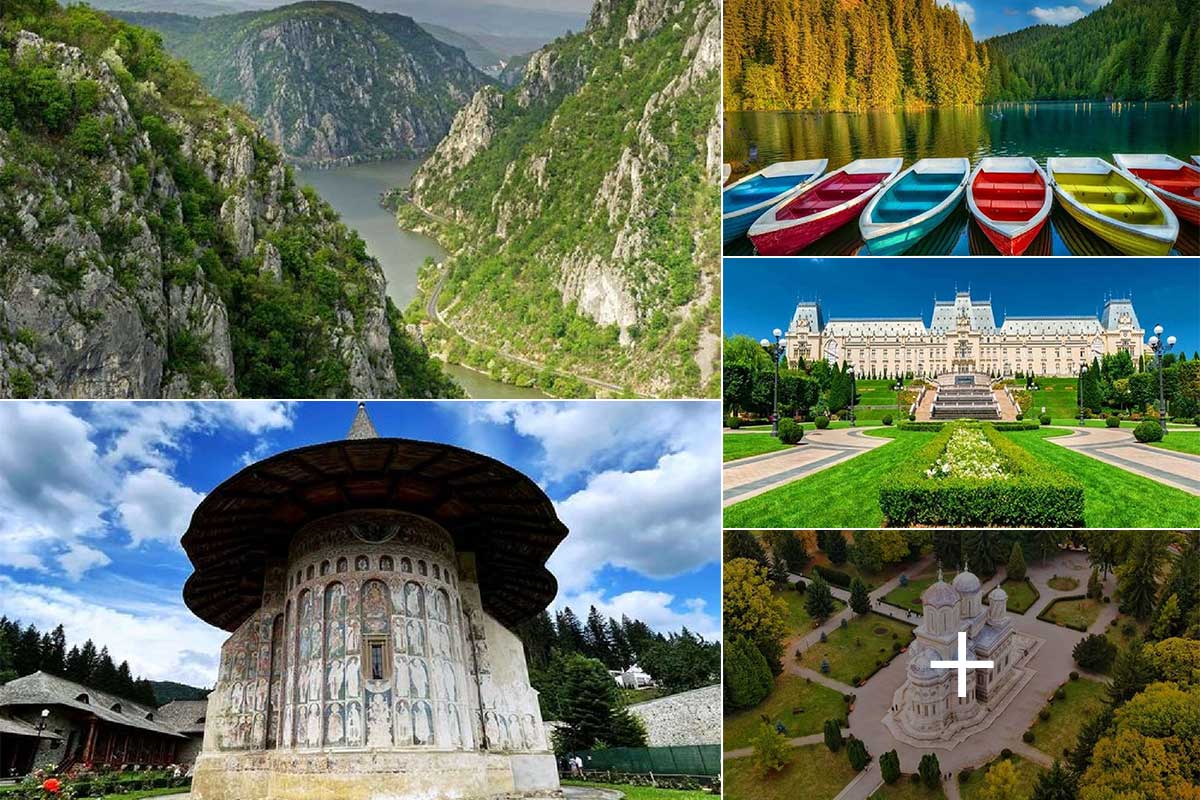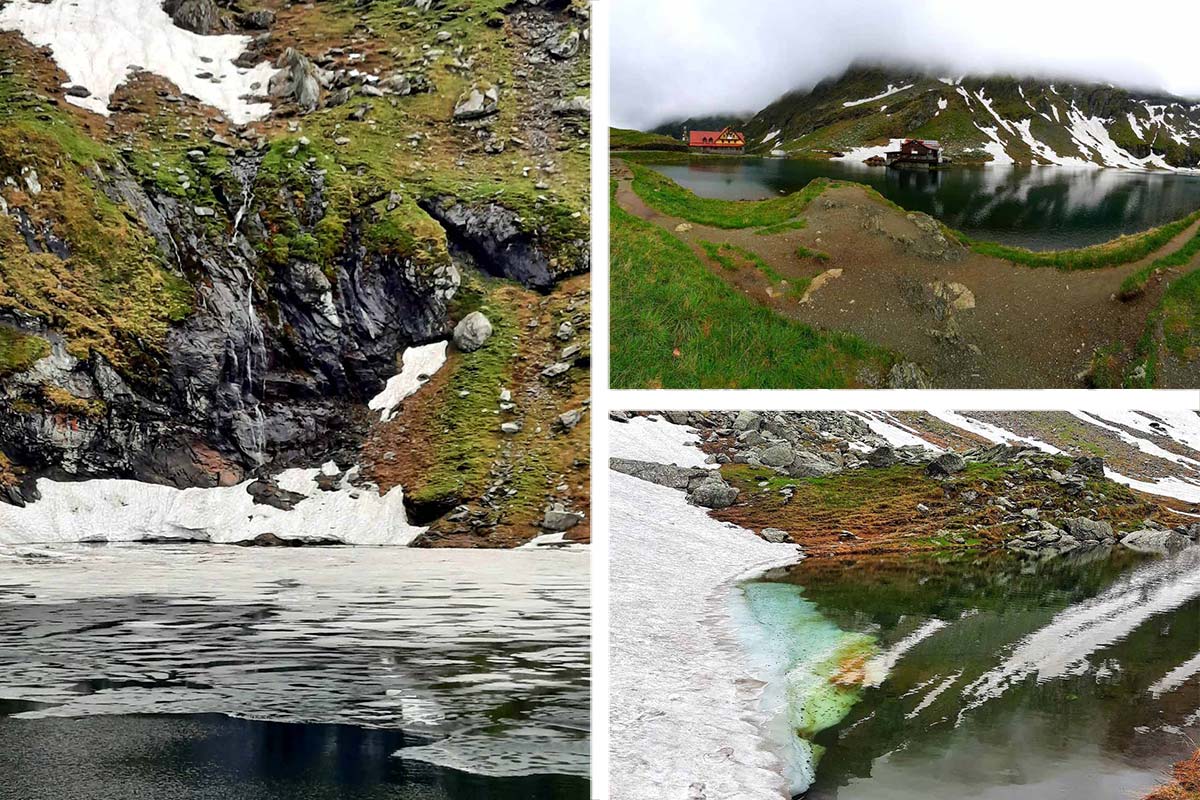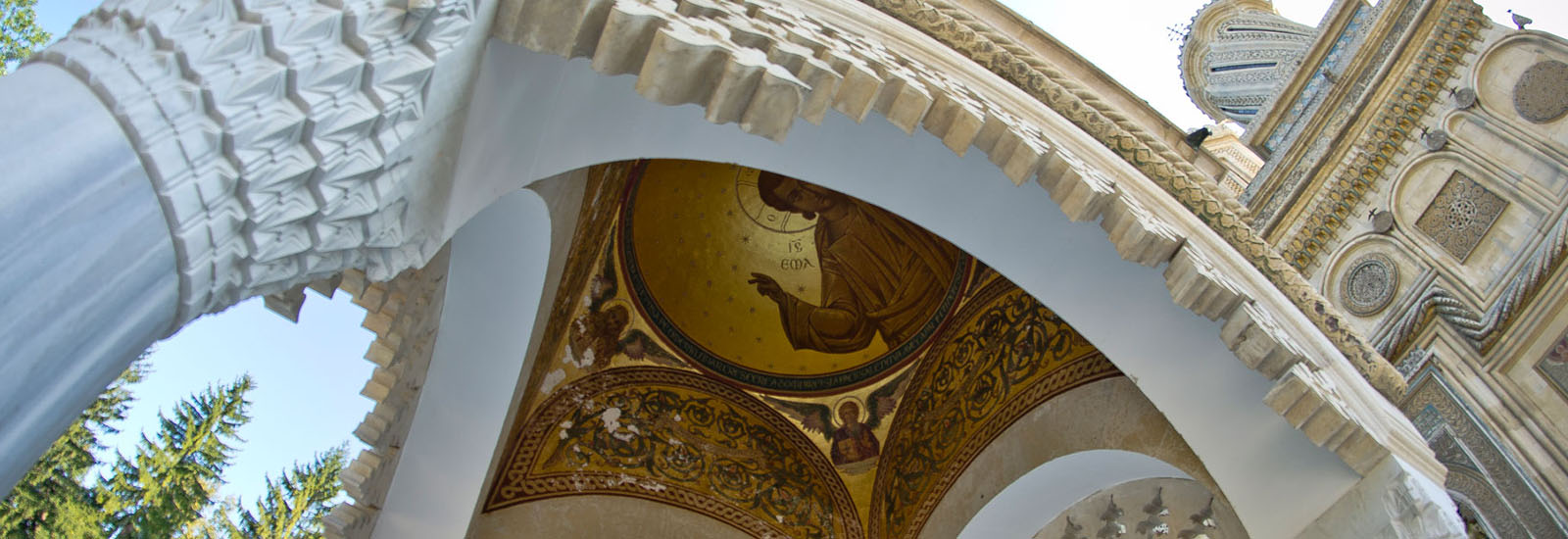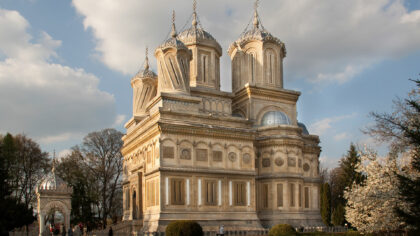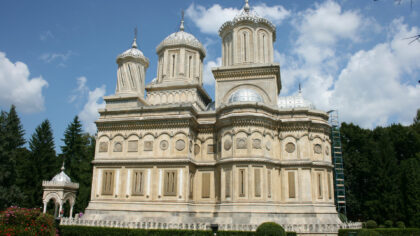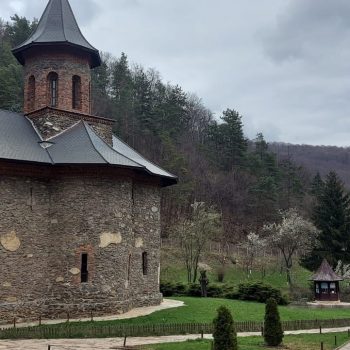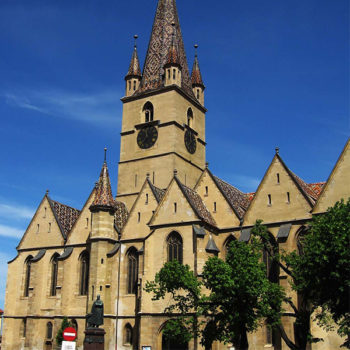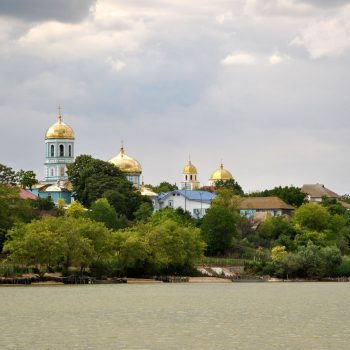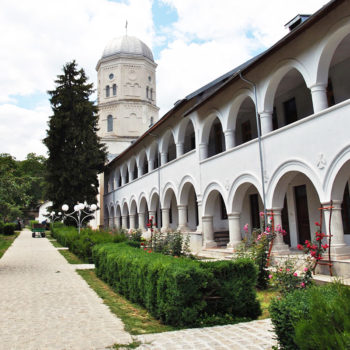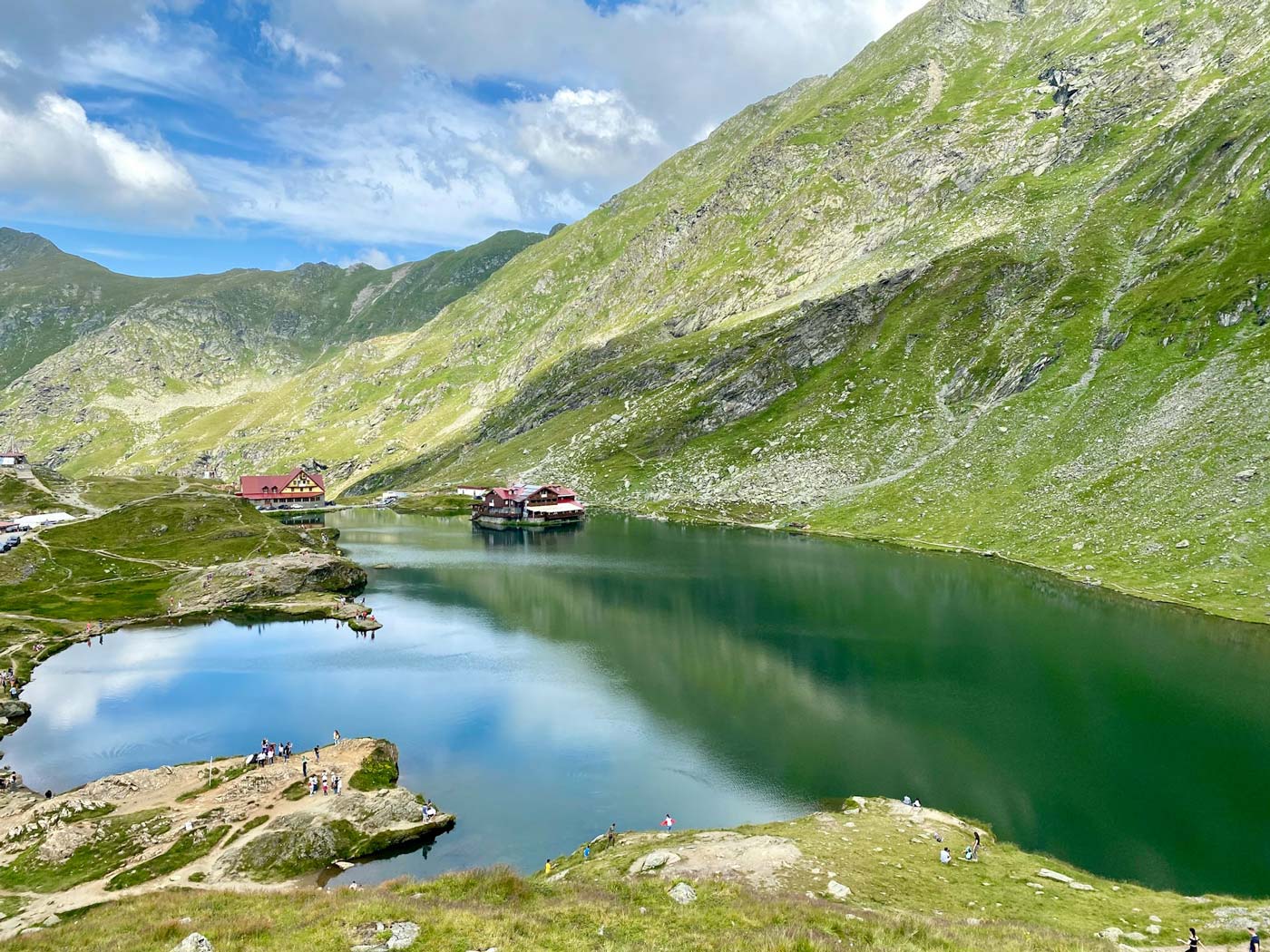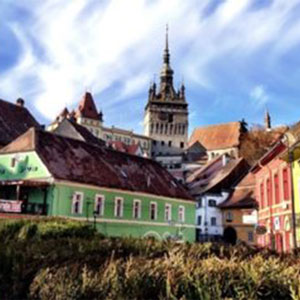Short description: Curtea de Arges Monastery is located in the north of Arges County, at a distance of 38 km from Pitesti, 36 km from Ramnicul Valcea and 45 km from Campulung.
More details – History Present
The monastery is located in Curtea de Arges and was built between 1515-1517 by Neagoe Basarab, being an Orthodox monastery. The ensemble includes the episcopal cathedral, one of the most famous architectural monuments in Romania. The cathedral is included in the list of historical monuments in Romania.
During the time of Carol I, the cathedral was transformed into a necropolis for the royal family of Romania. In addition to the royal tombs, the Curtea de Arges Monastery also houses the relics of Saint Folofteia.
These small towers give the impression through their external decoration, characterized by the twisting of the masonry portions, that they are falling one on top of the other and that they are screwed into the heavens.
The monastery was built by Neagoe Basarab on the site of the old metropolis. The interior painting, made by the painter Dobromir, was finished in 1526, during the reign of Radu de la Afumati.
It is kept fragmentarily in the National Art Museum in Bucharest. Repaired several times, the church was restored by the French architect Andre Lecomte du Nouy, who also made some changes that diminished the historical value of the monument.
Inside, he could see painted names such as Mircea the Elder, Radu de la Afumati, King Carol I, Queen Elisabeta, Neagoe Basarab with his wife and children, whose graves we find inside, along with that of King Ferdinand and Queen Maria, in pronaos.
The monastery was built in the Byzantine style, like the other churches in the area, but they also show Arab and Persian influences, which gives it a unique note, the interior being full of meanings, the 12 apostles represented by 12 columns executed from a single block.
Present
In August 2016, Queen Ana of Romania was buried here, in a crypt of the New Royal Necropolis, located nearby because the old one no longer has spaces for graves.
The new church is practical, the welcoming church, the first monument that visitors will see, being located in front of the one founded by Neagoe Basarab.
Our UiR database: search results for „Curtea de Arges”




